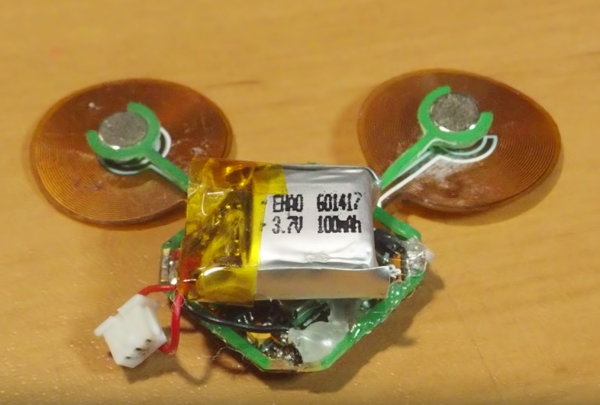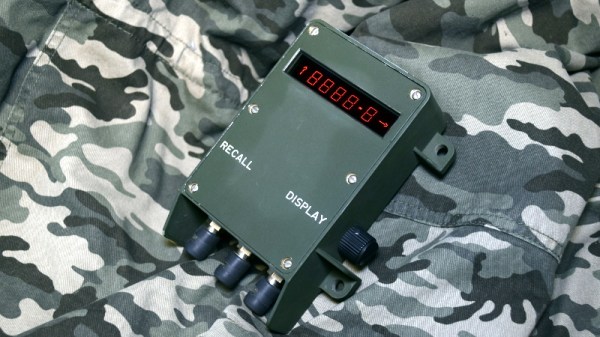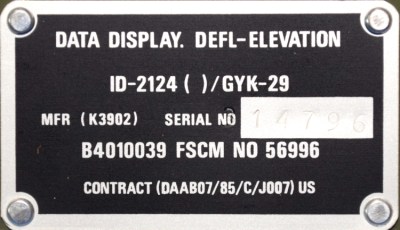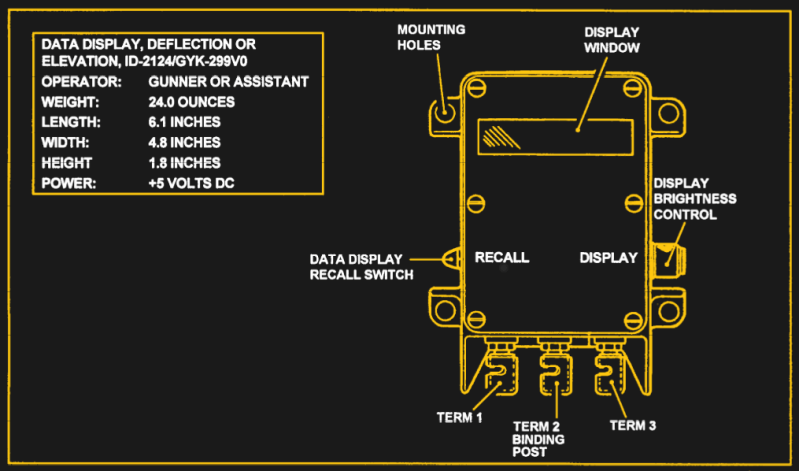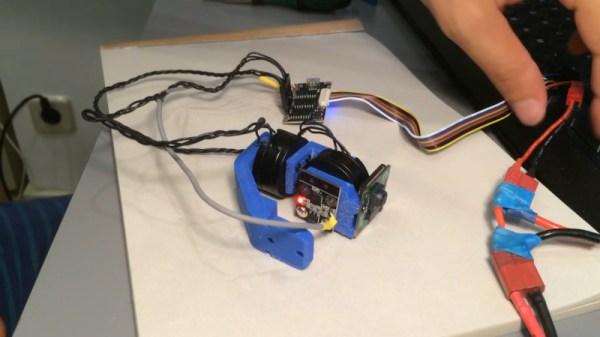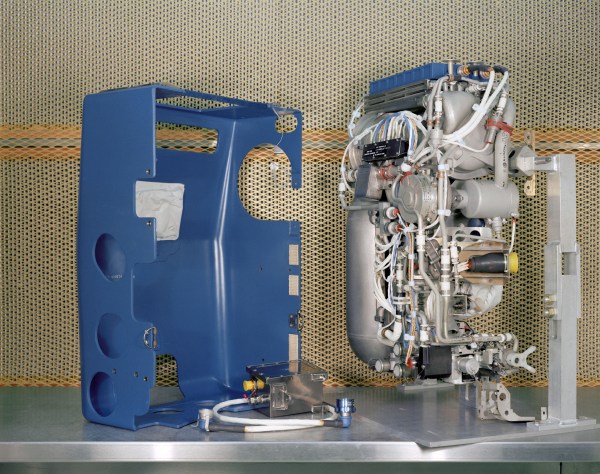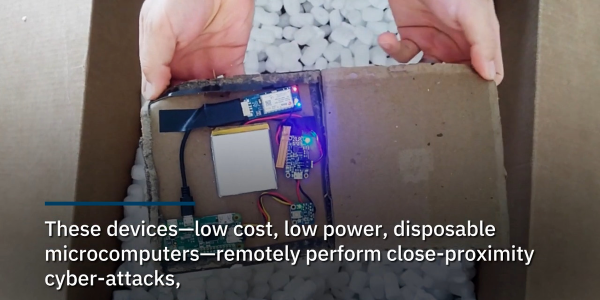There are many ways to keep critical appliances running during a power outage. Maybe a UPS for a computer, a set of solar panels to charge your phone, or even a generator to keep your refrigerator or air conditioning working. This modification to a standard blender will also let you ride through a power outage while still being able to make delicious beverages. It runs on gasoline.
The build uses an old chainsaw to power the blades of the blender. [Bob] was able to design and build an entirely new drivetrain to get this device to work, starting by removing the chainsaw chain and bar and attaching a sprocket to the main shaft of the motor. A chain connects it to a custom-made bracket holding part of an angle grinder, which supports the blender jar. Add in a chain guard for safety and you’ll have a blender with slightly more power than the average kitchen appliance.
The video of the build is worth watching, even if your boring, electric-powered blender suits your needs already. The shop that [Bob] works in has about every tool we could dream of, including welders, 3D printers, band saws, and even a CNC plasma cutter. It reminds us of [This Old Tony]’s shop.


